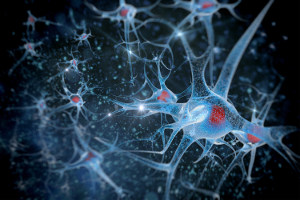Scientists of four large US institution have joined forces to improve the diagnosis of rare genetic diseases. They are in fact combining the descriptions of the clinical features of patients with their genetic information.
In this way they started it unified analysis, seeking to more easily identify the diseases that involve more than one gene. The study is contributing to a better understanding of a large number of diseases, giving also its contribution to the prenatal screening techniques.
When looking for the cause of certain genetic diseases, we tend to locate in the mutation of a single gene. Yet according to Dr. Tamar Harel, one of the study authors, in many cases the genes involved are at least two. This creates a picture far more complex and difficult to decipher. To facilitate the diagnosis, the researchers decided to use a complete genome sequencing.
The scientists analyzed all the genes of 7,400 patients, all unrelated to each other. The purpose was to identify the genetic causes of their conditions, the result achieved in 2,076 patients, and about 28%. Of these 101, about 5%, were linked with a two or more genes of various diseases. A situation that, analyzed with traditional diagnostic tools, inevitably leads to inaccurate diagnosis because of the presence of different clinical features.
In some cases the symptoms of two different pathologies are partly overlapping. This leads perhaps to identify a single disease, tralasciandone another a little more hidden. In other cases, however, the presence of a large number of clinical features leads to allocate the case to a new unknown pathology. This makes the treatment less effective. In these situations it is therefore essential to intervene with a DNA test, as in the case in question.
The study allowed and is allowing to obtain a more complete perspective of how genes and physical traits relate. It is a key step in an era when medicine is becoming more personalized and precision. Thanks to it not only many patients have found an answer to their questions, but researchers have collected valuable data for diagnosis and prenatal screening tomorrow.
Source: news-medical.net
Add a comment





